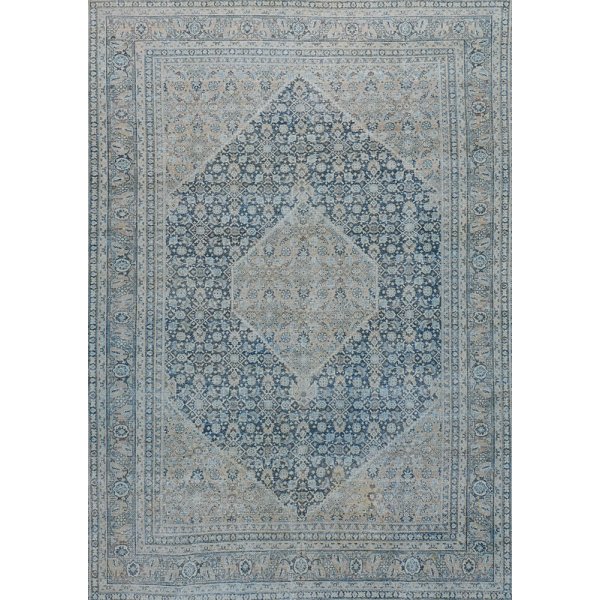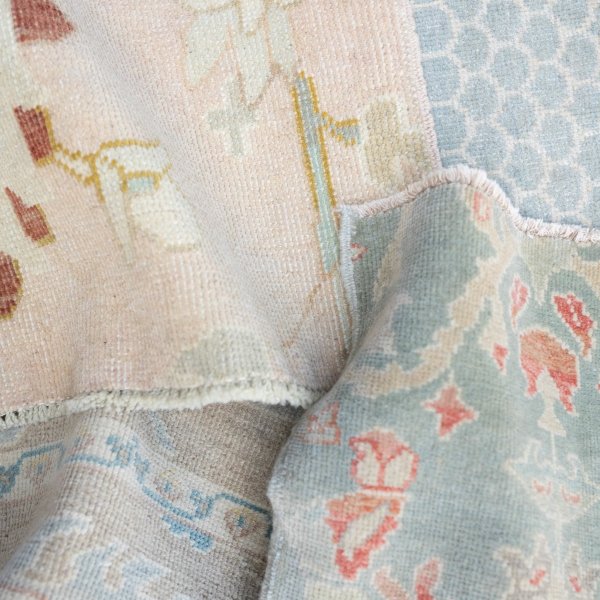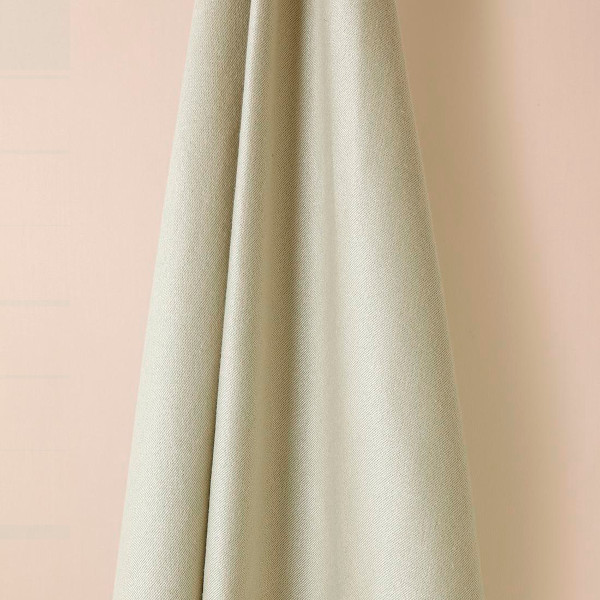Kilim
The word Kilim is of Turkish origin and denotes a pile-less textile or carpet produced using a flat-weaving technique. The difference between a Kilim area rug and a carpet or a pile rug is that whereas the design visible on the Kilim is made by interweaving the variously colored wefts and warps, thus creating what is known as a flatweave, in a pile rug individual short strands of different color, usually of wool, are knotted onto the warps and held together by pressing the wefts tightly against each other.
Long before Kilims became decorative items in modern homes, they were used by tribal communities , who created them for practical purposes such as floor coverings, hangings to protect from weather or for storage of grains and other daily essentials. Lightweight and easy to transport, the Kilim was an ideal and essential part of the lives of nomadic people. Today's Kilims still incorporate many old tribal symbols, and are hand-woven in the traditional styles of ancient nomadic people.
(Other spelling: Gilim)
To view our full inventory, please use our rug & carpet search.
You cart is empty. Shop now


